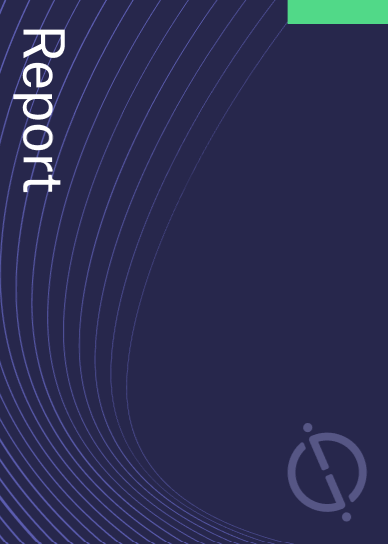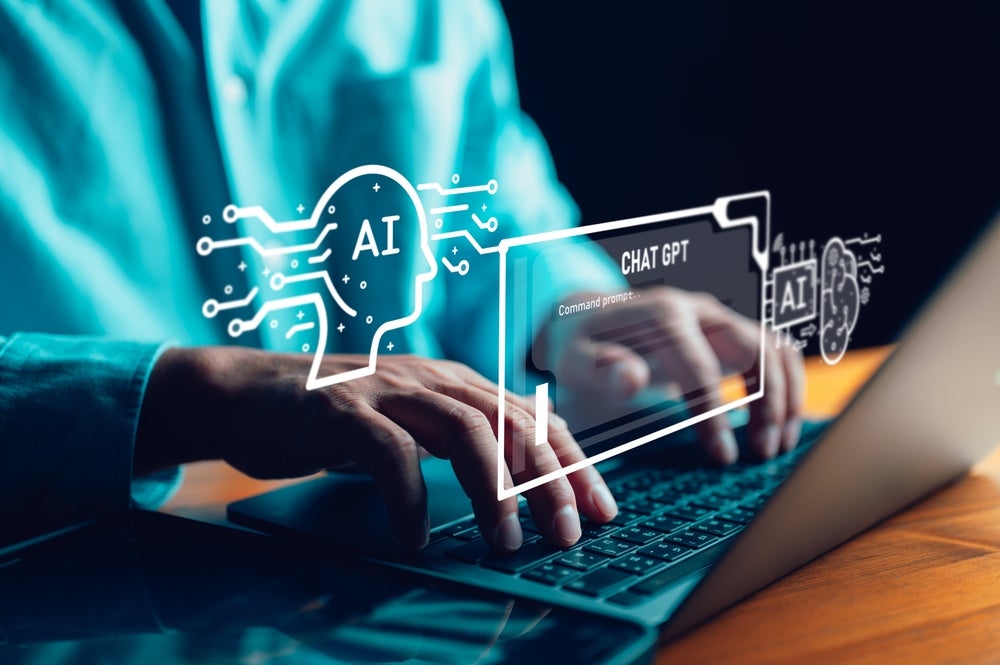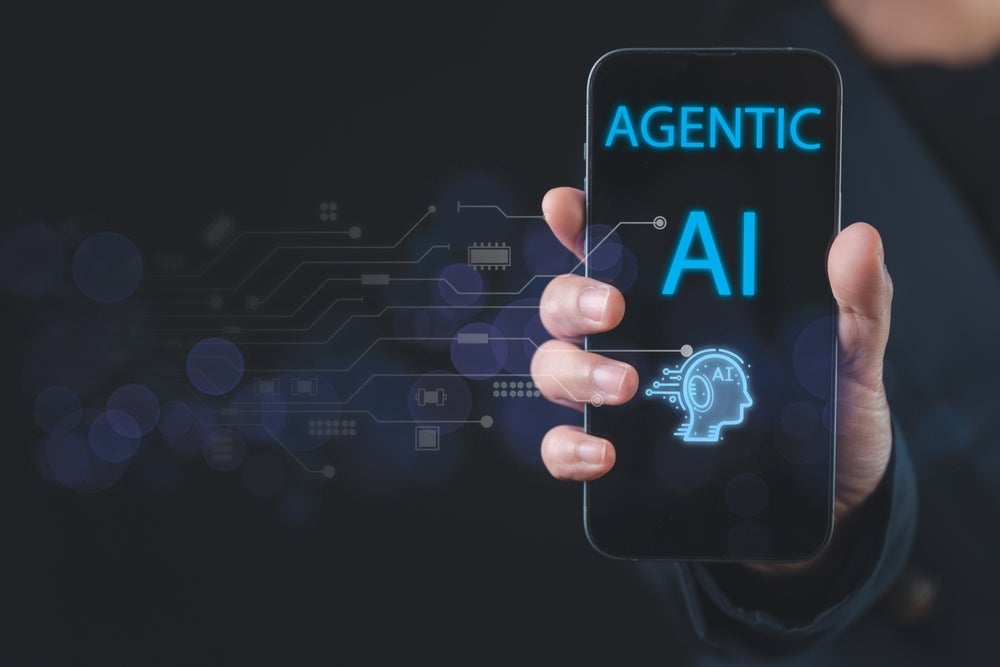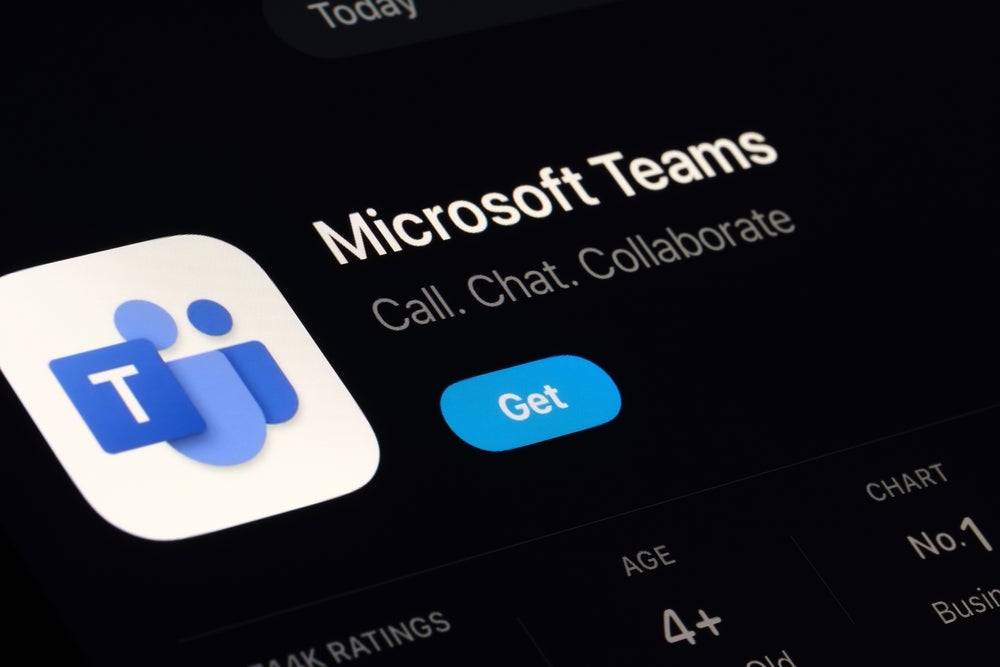The technology industry continues to be a hotbed of patent innovation. Activity is driven by the increasing demand for efficient and accurate healthcare solutions, coupled with the need to reduce administrative burdens on healthcare providers, and growing importance of technologies such as machine learning algorithms for data analysis, speech and image recognition for improved documentation, and predictive modeling for clinical decision support. In the last three years alone, there have been over 1.5 million patents filed and granted in the technology industry, according to GlobalData’s report on Artificial intelligence in technology: AI in EHR. Buy the report here.

Access deeper industry intelligence
Experience unmatched clarity with a single platform that combines unique data, AI, and human expertise.
However, not all innovations are equal and nor do they follow a constant upward trend. Instead, their evolution takes the form of an S-shaped curve that reflects their typical lifecycle from early emergence to accelerating adoption, before finally stabilizing and reaching maturity.
Identifying where a particular innovation is on this journey, especially those that are in the emerging and accelerating stages, is essential for understanding their current level of adoption and the likely future trajectory and impact they will have.
185+ innovations will shape the technology industry
According to GlobalData’s Technology Foresights, which plots the S-curve for the technology industry using innovation intensity models built on over 1.6 million patents, there are 185+ innovation areas that will shape the future of the industry.
Within the emerging innovation stage, quantum AI, GenAI for coding and emotion AI are disruptive technologies that are in the early stages of application and should be tracked closely. Biological computing models, defect detection models and circuit designing AI are some of the accelerating innovation areas, where adoption has been steadily increasing.
Innovation S-curve for artificial intelligence in the technology industry
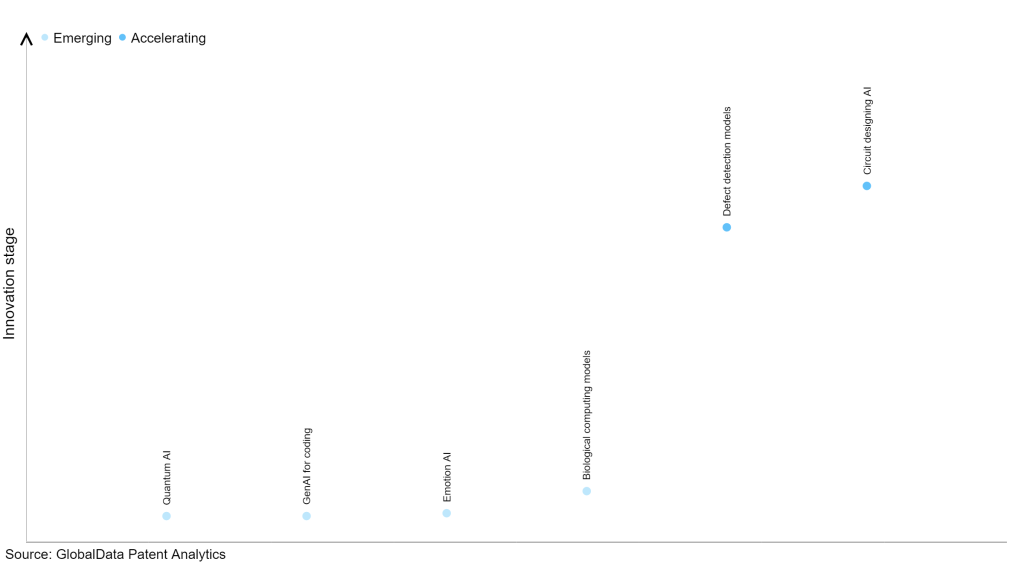
AI in EHR is a key innovation area in artificial intelligence
The incorporation of artificial intelligence technologies into electronic health record systems, commonly known as AI in EHR, encompasses the utilization of machine learning, natural language processing, and data analytics to elevate the handling and examination of patient data. The integration aims to enhance clinical decision-making, streamline administrative processes, and optimize the overall management of healthcare information.
GlobalData’s analysis also uncovers the companies at the forefront of each innovation area and assesses the potential reach and impact of their patenting activity across different applications and geographies. According to GlobalData, there are 930+ companies, spanning technology vendors, established technology companies, and up-and-coming start-ups engaged in the development and application of AI in EHR.
Key players in AI in EHR – a disruptive innovation in the technology industry
‘Application diversity’ measures the number of applications identified for each patent. It broadly splits companies into either ‘niche’ or ‘diversified’ innovators.
‘Geographic reach’ refers to the number of countries each patent is registered in. It reflects the breadth of geographic application intended, ranging from ‘global’ to ‘local’.
Among the companies innovating in AI in EHR, International Business Machines (IBM) is one of the leading patents filers. The company’s patents are aimed at a system employing a medical episode analysis engine, which creates a first matrix with entries for concept pairings, each storing a value representing relatedness weighted by a temporal function. A second matrix is generated subsequently, by calculating relatedness measures for each entry in the first matrix, based on co-occurrence frequency. For every initial concept, a concept embedding is produced from the second matrix, specifying temporally weighted relatedness measures for other concepts. Additionally, episode definitions for anchor concepts are formed, comprising multiple related concepts within the same episode, based on the concept embedding. Finally, the engine utilizes these episode definitions to process new input data, identifying corresponding episodes within it. The other prominent patent filers in the space include Koninklijke Philips and Microsoft.
In terms of application diversity, BostonGene leads the pack, while Medtronic and Bruin Biometrics stood in the second and third positions, respectively. By means of geographical reach, BostonGene held the top position, followed by Enlitic and Bruin Biometrics.
The integration of AI in EHR has the potential to revolutionize healthcare by optimizing clinical workflows, improving patient outcomes, and ultimately advancing the delivery of healthcare services.
To further understand the key themes and technologies disrupting the technology industry, access GlobalData’s latest thematic research report on Artificial Intelligence (AI).
Data Insights
From

The gold standard of business intelligence.
Blending expert knowledge with cutting-edge technology, GlobalData’s unrivalled proprietary data will enable you to decode what’s happening in your market. You can make better informed decisions and gain a future-proof advantage over your competitors.


